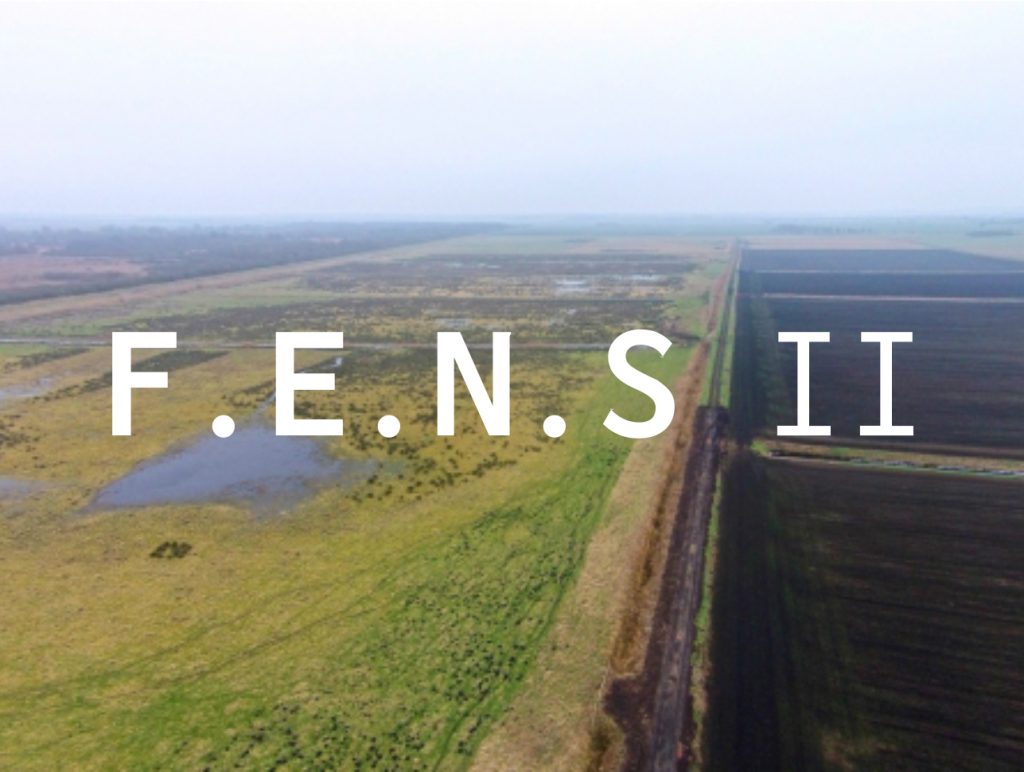
UNIT FOUR is interested in the spatial and territorial future of the Fens as a topography in balance with its natural and manufactured landscape. The Fenlands are a fertile landscape for the architectural imagination. Its mercurial nature and unstable ground is unique in the British Isles but its story today is shared by a wider condition of climate change across the world. We want you to contribute to the research project that we have been undertaking here over the past few years.
Complex systems motivate and drive our requirements for architecture. Our cities, towns and countryside are a synthesis of geographic and sociographic considerations. The Fens is a compelling example of this and Architects have long been motivated by such concerns.
To a journalist who asked him what features should a city have? Alvar Aalto said, “You should not go from home to work without having to cross a forest.” According to Aalto, architecture should replace neither the forest nor the farm, but rather act as a complement for both. Nature was for him the essence of his personality and of his works; “Real” forest: “real” as the place of the building, “metaphorical” forest as the interior space of the building.
We shall begin deep in the Fenlands in search of the Rothschild Bungalow, and then move to the coastal town of Kings Lynn, the regions societal heart. A thriving port in the middle ages, it was for century’s part of a medieval European Union known as the Hanseatic League. Today it is a quiet coastal town with memories of other cultures and other places. Literature, film, history, and technology will guide and frame the way we look at the processes of designing in this context. We will use drawings from 1:500 to 1:5, study models, and our eyes, hands and legs to explore.